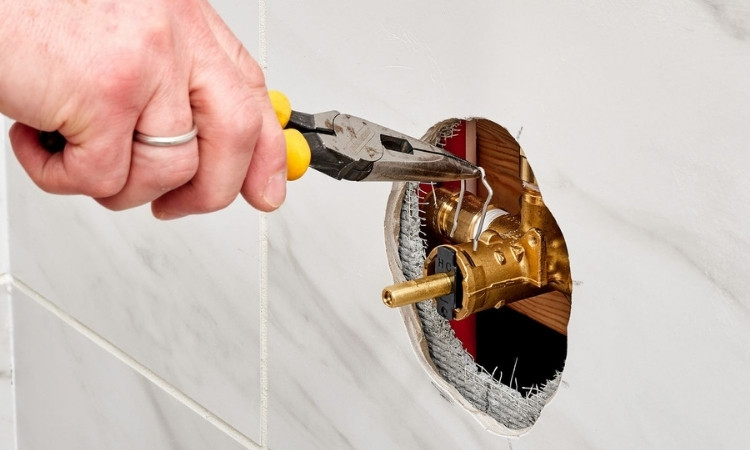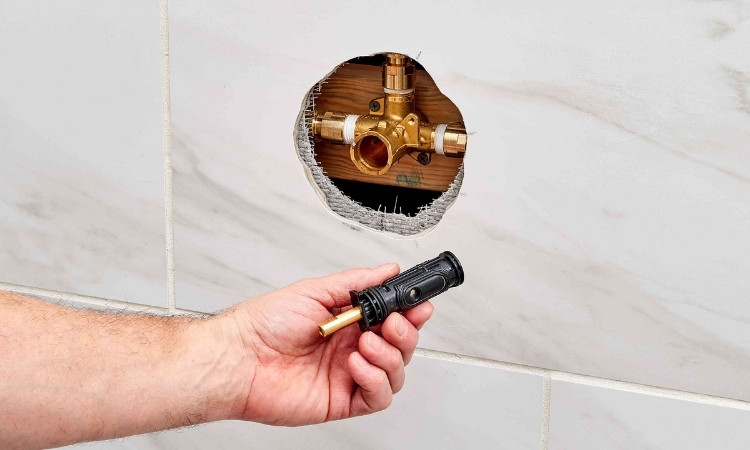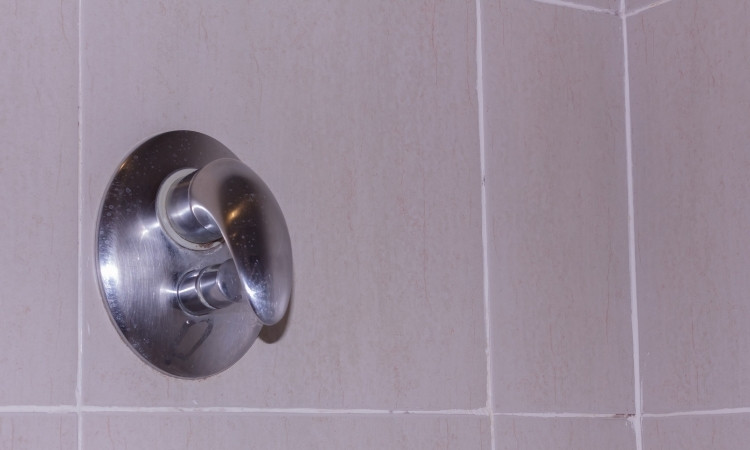Imagine stepping into your shower after a long day, only to be greeted by a sudden blast of icy water—or worse, scalding heat you can’t control. If that sounds familiar, chances are it’s time to replace a shower valve. In Singapore, where most households rely on water heaters and mixer showers, faulty shower valves are a common issue that disrupts more than just comfort—they can waste water, increase utility bills, and even lead to water damage if left unchecked.
In this comprehensive guide, we’ll walk you through how to replace a shower valve step by step, with special attention to what makes plumbing in Singapore unique. You’ll also learn when a DIY approach makes sense—and when it’s smarter to call a licensed professional. Let’s get started. if you follow the guidelines by LS Plumber Services Singapore. They also offer shower leak repair, kitchen sink, and shower taps installation services in Singapore.
Understanding the Shower Valve System in Singapore
Most Singapore bathrooms—especially in newer HDBs and condominiums—use either single-handle mixer valves or thermostatic mixer valves. These valves control both the water temperature and flow, making them vital to your daily bathing comfort.
Some common reasons you might need to replace a shower valve in Singapore include:
- Sudden changes in water temperature
- A valve handle that is stuck, stiff, or spinning freely
- Water leaking from the handle or behind the shower wall
- Low water pressure despite good overall household pressure
In older flats, particularly those built before the 1990s, you may find outdated valve systems or pipes that are incompatible with modern fixtures. This makes replacing a shower valve not just a repair, but also an upgrade.

Tools & Materials You’ll Need
Here’s a checklist of the basic tools and materials you need for a DIY shower valve replacement in Singapore:
Tools:
- Adjustable wrench or basin wrench
- Philips and flat-head screwdrivers
- Pipe thread seal tape (Teflon tape)
- Allen key (for some modern valve handles)
- Bucket and towels (to catch residual water)
- Flashlight (useful for low-light bathrooms)
Materials:
- A compatible shower valve (check with local hardware shops like Horme, Sim Siang Choon, or online platforms like Shopee SG or Lazada)
- Silicone sealant or plumber’s putty
How to Replace a Shower Valve – Step-by-Step Guide
Step 1: Shut Off the Water Supply
Locate the water isolation valve. In HDB flats, it’s often near the heater unit or main service yard. If there’s no individual valve for the bathroom, you may need to turn off the main supply for the entire house.
Step 2: Remove the Handle and Escutcheon Plate
Remove the shower handle with a screwdriver or Allen key. Carefully pull off the trim plate (also called the escutcheon) to expose the valve. If it’s caulked to the wall, gently cut through the sealant to avoid damaging the tiles.
Step 3: Inspect and Disconnect the Old Valve
Examine how your valve connects to your system because some feature soldered connections, but others use threaded systems. The standard approach for pipe attachment in Singapore uses compression fittings, which function through push-fit connectors. You should use a wrench to detach the valve fittings. Use your towel or bucket to collect any leaking water.

Step 4: Prepare the Pipes
Clean all exposed pipe ends before putting in the new valve. Apply Teflon tape to cover the threads if your system has them. Check that your reused fittings do not contain limescale or corrosion before installation.
Step 5: Install the New Valve
Align the new valve according to the manufacturer’s instructions. Singapore’s plumbing often runs with 15mm or ½-inch pipes, so make sure your new valve matches. Tighten the connections carefully—snug enough to prevent leaks but not so tight that you crack the fittings.
Step 6: Turn the Water Back On and Check for Leaks
Slowly restore water flow. Turn the shower on and test both hot and cold settings. If there’s a leak, turn the water off and check all fittings again. Once everything works as expected, seal the escutcheon plate back in place with silicone.
When It’s Better to Call a Professional
If your valve is buried behind tiles, if you notice mold or wall damage, or if your pipes are metal and soldered, it’s wise to call a licensed plumber like LS Plumber Singapore. PUB-licensed plumbers in Singapore are trained to manage the complexities of local plumbing codes and can safely replace a shower valve with minimal disruption.
Conclusion
When you decide to replace a shower valve, you’re taking control of your bathroom’s comfort and efficiency. With the right tools, parts, and preparation, a motivated homeowner can transform a leaky, temperamental shower into a stable, relaxing experience. Remember to verify that your replacement valve matches your pipe size and type—this small detail will save you time and prevent leaks.
It makes perfect sense to hire professionals for hidden valve installations and extensive tile work and plumbing systems which need soldering. Contacting a licensed plumber will protect your home through compliance with Singapore building standards and give you assurance with a workmanship warranty. Invest in proper maintenance now, and you’ll enjoy years of consistent water temperature, improved water pressure, and lower utility bills.
